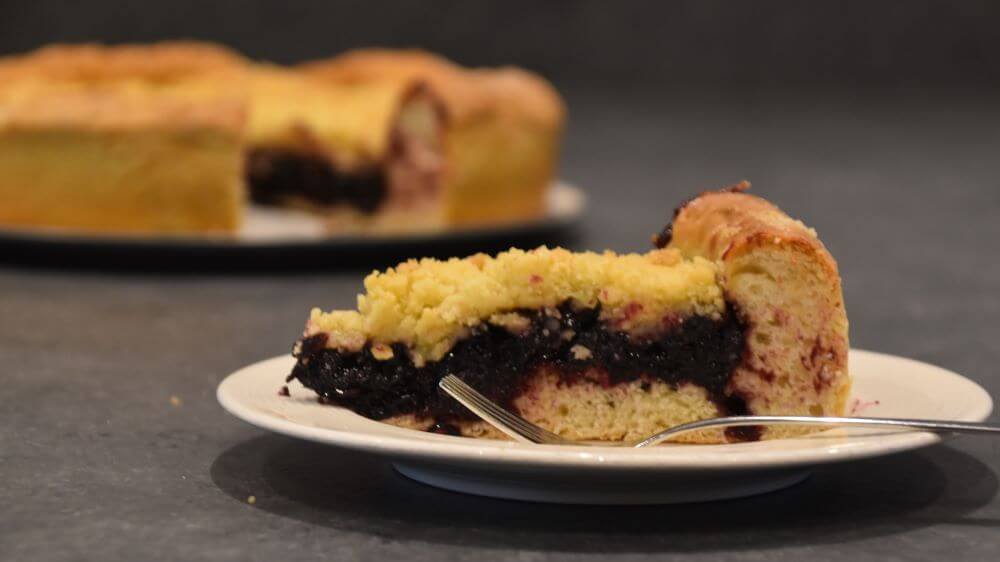We do love a tart.
We do love a pie.
We do love a crumble too.
But right now, we’re talking about vlaai.
Which isn’t quite any of those, but can be a bit like all.
In this blogpost you’ll find the recipe to turn pretty much any fruit into a lovely baked treat, and some trivia to impress the people you’re feeding this even more.
And should you be wondering: vlaai does rhyme with pie.
What is Vlaai?
Vlaai is a traditional bake from the provinces of Limburg. There is one of those in the Netherlands and one in Belgium, but they’re right next to each other, making up one region.
Traditional bakers from this region have gotten their vlaai registered as a protected name just this year – after arguing for this for about 15 years. Any vlaai you buy labelled Limburgse Vlaai will therefore be up to their standards. But that’s of little use to us, as we will be baking our own. The main characteristics we will respect though.
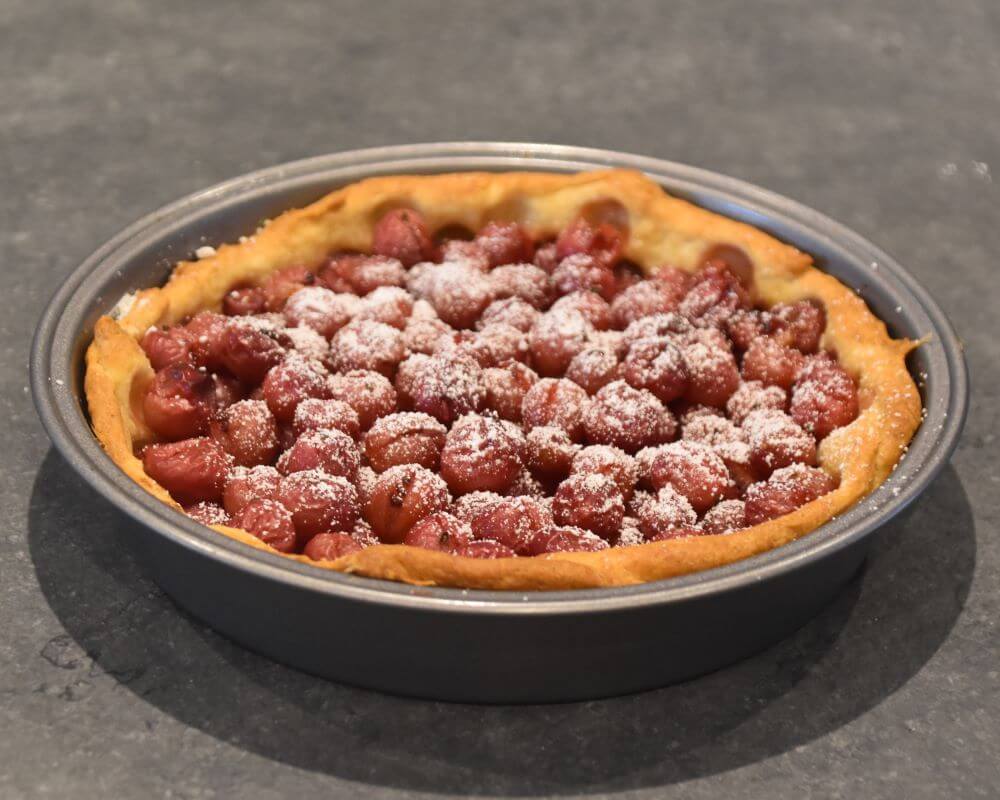
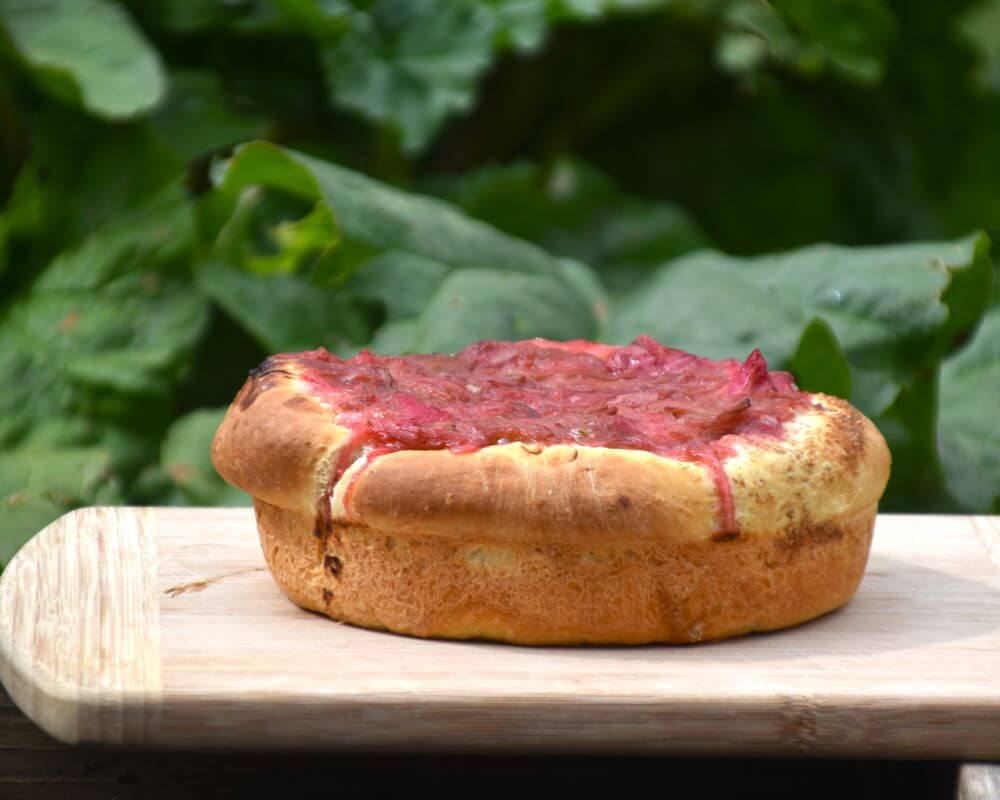
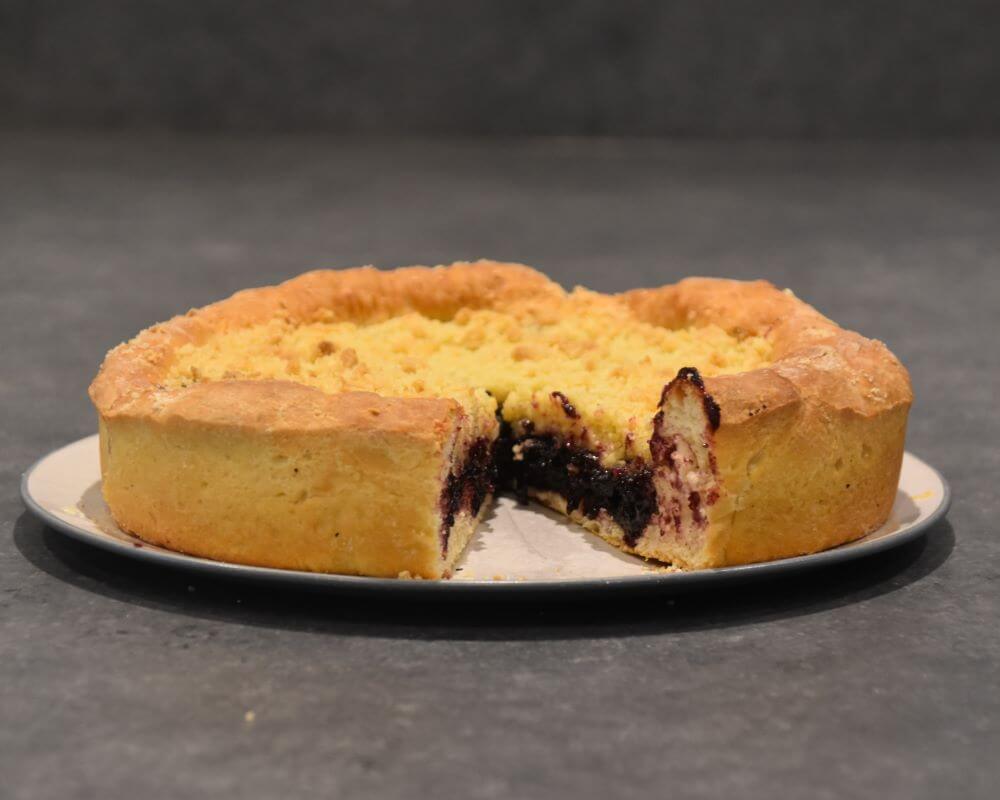
What sets the vlaai apart from other, at first glance possibly similar bakes, are two things:
- Vlaai is made with a sweet yeast dough.
- Vlaai is baked with it’s filling in place -absolutely no blind baking here.
One extra characteristic often mentioned, though not officially registered: one should be able to eat it by hand. This is to say: the base should be firm enough to hold its filling, and soft enough to be bitten through without crumbling or spilling, or any of that.
Otherwise, lots of options are possible.
It can be open or topped.
In Dutch bakeries and supermarkets you’ll often find it with a fine lattice top which I do not have either the tools or the patience for. But you may give it a try if you want to. Just make a bit extra of your base dough, or use the amount we give with a smaller tin.
Another common option is the so called kruimelvlaai. A crumble topped vlaai, that is. And we’ll include the crumble option in the recipe below.
And then we haven’t even started on the filling yet.
Why Vlaai?
1) First of all, we love home-baked goodies in general because they typically involve less plastic than store-bought ones. And very little beats that really fresh-baked taste. Not to mention the wonderful smell of something good coming together in the oven …
2) The vlaai in particular is a nice one to have up your sleeve, because it’s easy to make and oh so versatile. Though rice and custard are among the traditional fillings, we will focus only on fruit fillings here, but then still, the choices are endless.
3) Vlaai can be made with pretty much any kind of fruit you happen to have on hand. So, rather than heading out to the store because there is baking to be done, you can use what you already have as an excuse to bake! So far, we have used freshly picked fruits from our garden. But foraged ones could do as well, or if you happen upon a bunch that is about to go passed its date … It does make vlaai a bit of a no-waste champion.
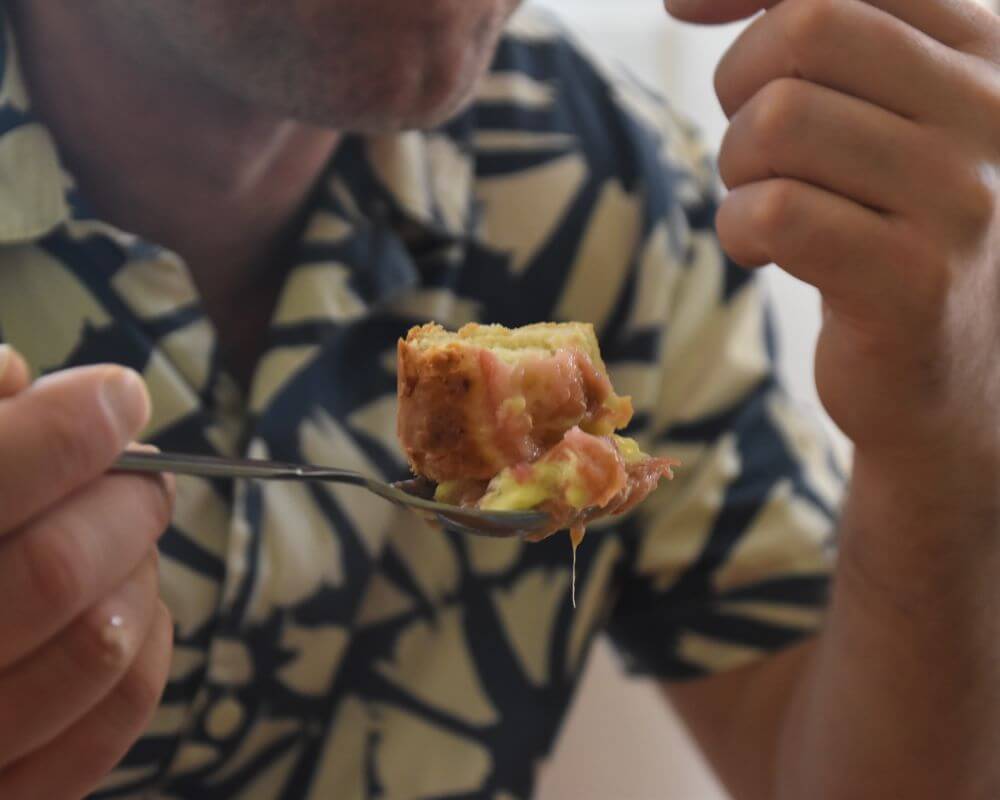
4) It is very forgiving. (If you’re not a true Limburger.)
Our rhubarb vlaai probably would not have been recognised by anyone knowing vlaai. As we had agreed that I would provide the base whereas James would provide the rhubarb, I made the dough an evening in advance and used a small tin for easy transport by bicycle. Dough was basically rising all over the place by the time James had gotten the filling together. But it still tasted absolutely lush. It’s just the kind of recipe that is hard to really mess up.
5) And it just adds a bit of variety to the tarts, pies and crumbles you, and all the people you may want to treat to a bit of home-baked goodness, know. Something slightly out of the ordinary to surprise people with, safe enough to be sure everybody will enjoy it.
The Recipe
For the crust (which is not really crusty but sort of soft, in a good way):
Simply knead together
- 250 gr flour
- 20 gr sugar
- 5 gr yeast
- 150 ml lukewarm (plantbased) milk
- 1 egg
- 15 gr (plantbased) butter
- a pinch of salt
Once combined completely (add a bit of flower if it’s really un-workable, but don’t expect a firm ball), leave to proof at room temperature for at least 30 minutes, but preferably an hour, before rolling into a circle slightly larger than your tin.
This amount should be good for about a 10inch tin, or slightly smaller if you want to keep dough apart for a lattice on top. But honestly, don’t fret, anything goes.
Butter your tin, place your dough on the bottom and up around the sides. You can trim the edges if you like the clean look, but you can leave them all the same, unless you really have them hanging over far. Anything sticking slightly out, you can simply push back a bit and you’ll hae what we decided to call a ‘rustic look’.
For the filling
As said, many fruits go. Most should be cooked into a jam or compote first; think of apples, apricots, cherries, plums, all kinds of berries, currants and rhubarb. But if you happen to have a store-bought jar on your hands, and little time or fresh fruit, you may as well use that.
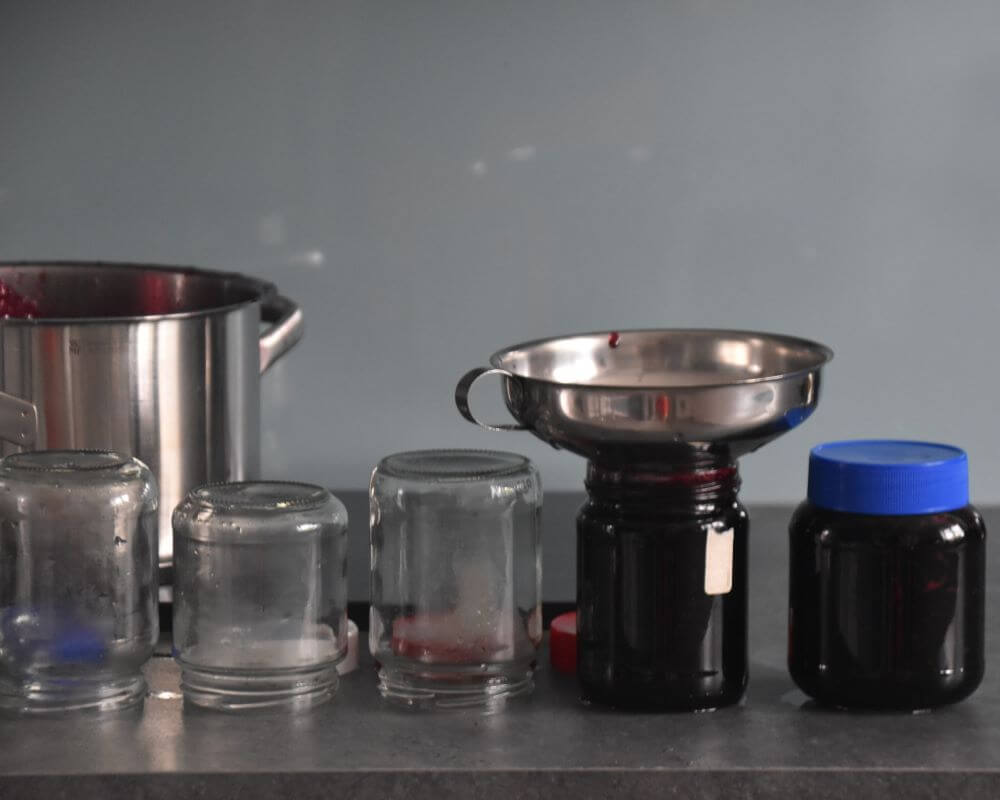
About 500 grams of cooked fruit will typically do the job. When cooking fruits that boil down a lot, like apple, you may want to go for about one kilo. If you would happen to have only about 350 grams of jam at hand, you could probably still pull it off – definitely if using a smaller tin, so you don’t have to spread it out too much.
We have used (so far, this month)
- blackcurrants – cooked into a jam (1kg currants, combined with three small apples and 1 kilo of preserving sugar; yielded nearly five jars; about 3/4 of one jar of which was used)
- rhubarb – (3 stalks cooked for about 15 minutes with 2 heaped table spoons of sugar)
- gooseberries – about 500 grams
And these are by tradition the exception to the cooking-rule: you use gooseberries fresh and uncooked.
And because gooseberries are slightly sour, and will release some moisture while baking your vlaai, mix two tablespoons of breadcrumbs, with two tablespoons cinnamon and one sugar and spread this over your bottom before adding the berries.
Adding breadcrumbs is also a good idea for moister fillings such as the rhubarb and possibly apple (depending on your cooking), though you may want to leave out the sugar if you already added plenty in cooking the fruit. And of course, you could also leave out the cinnamon if you simply don’t like to add that flavour.
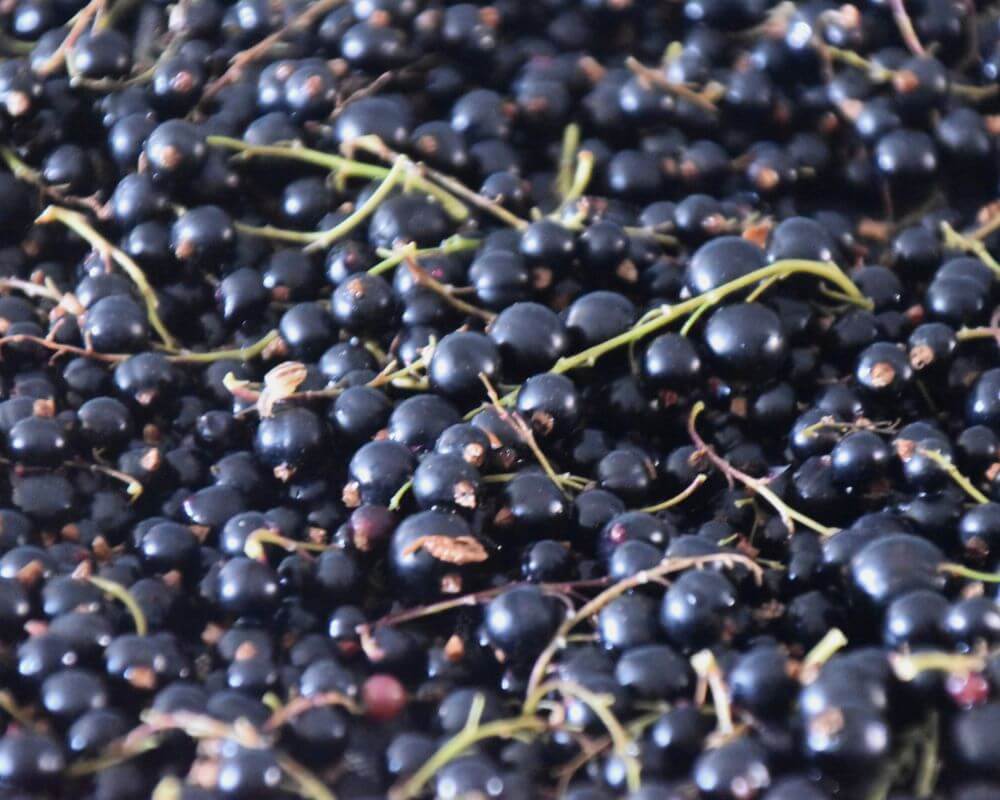
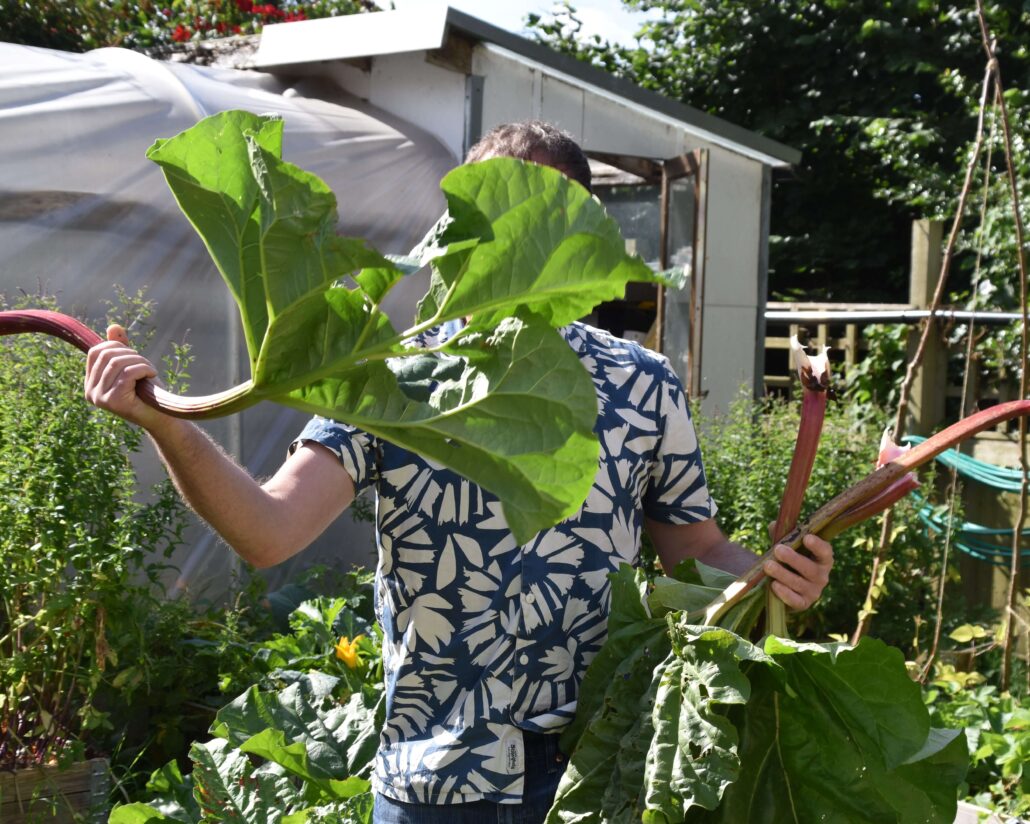
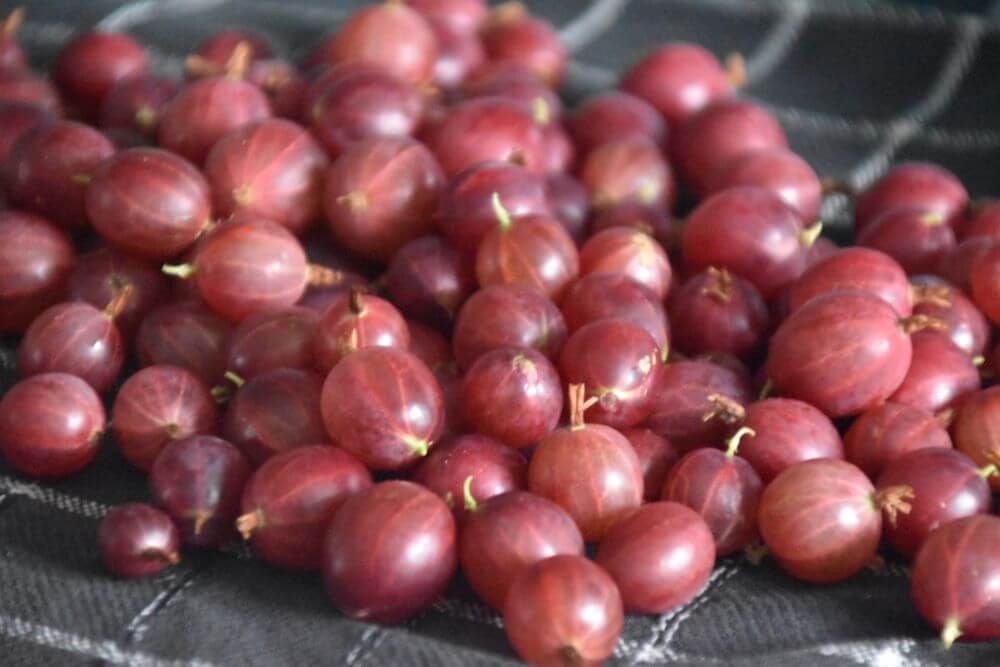
If you want to add a crumble
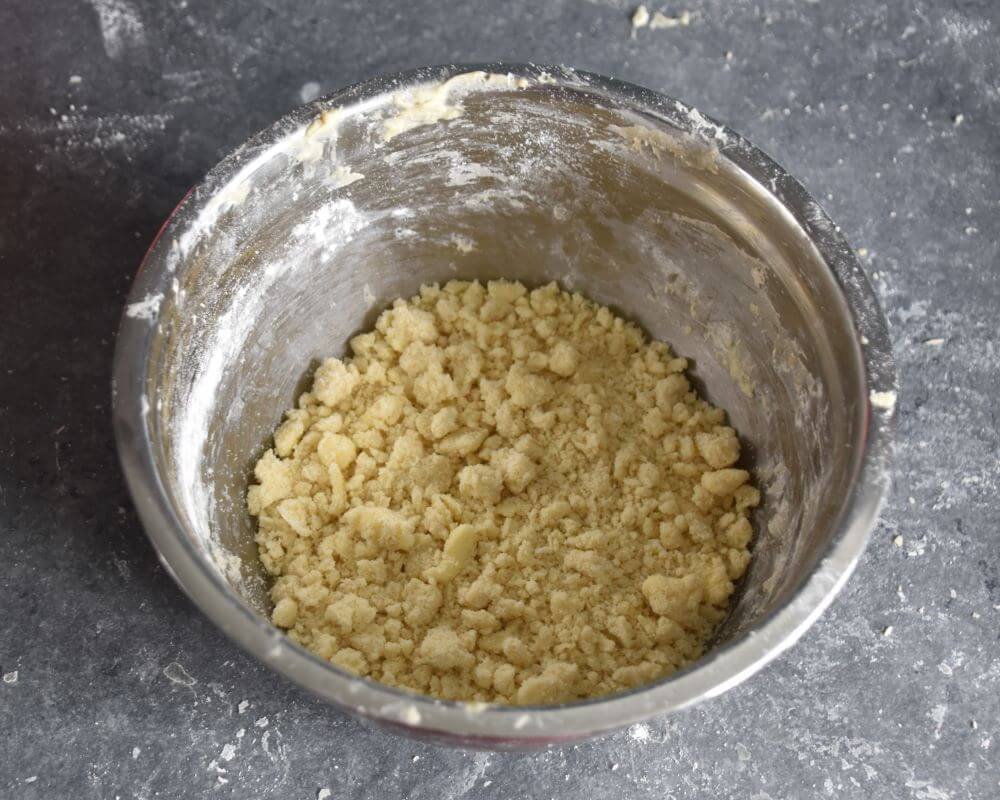
Combine with your fingers
- 120 gr flour
- 80 gr sugar
- 80 gr (plantbased) butter
Until it looks nice and crumbly.
And then
Add your filling to your base, and top as/if desired (with crumble or lattice).
Bake at 200C for about half an hour.
Allow to cool slightly and top with icing sugar to taste before cutting.
Enjoy!
(For example with a cup of freshly brewed foraged tea.)
P.S. Don’t tell the good people from Limburg, for they have officially established that a vlaai should be round, but we will be experimenting with a large plate vlaai to bring along to a kids’ pot luck picnic …
P.P.S. If you were looking at that handy jam funnel; yes, we do sell that one.

